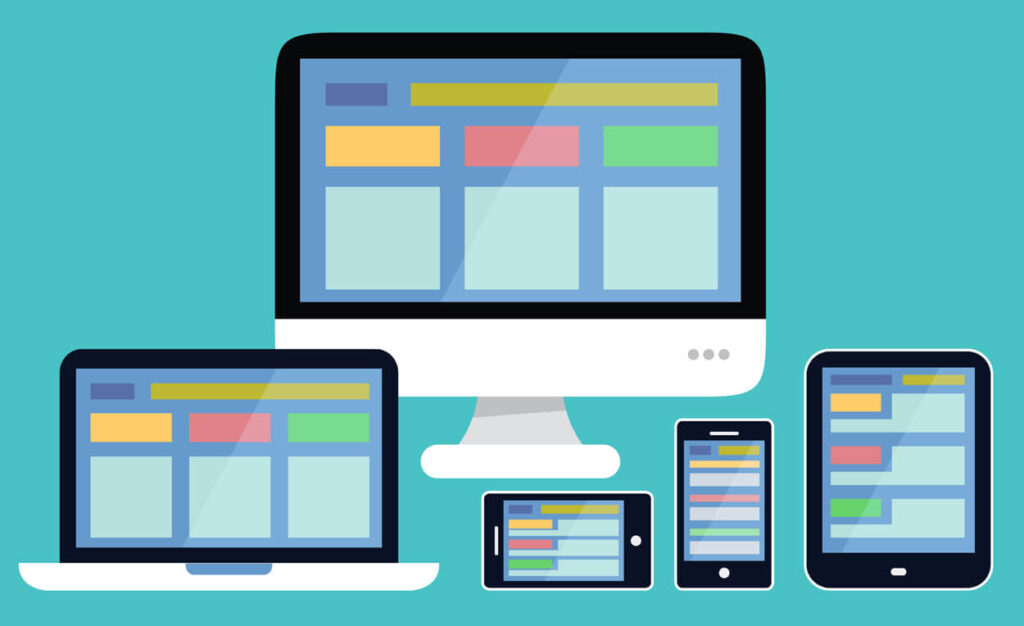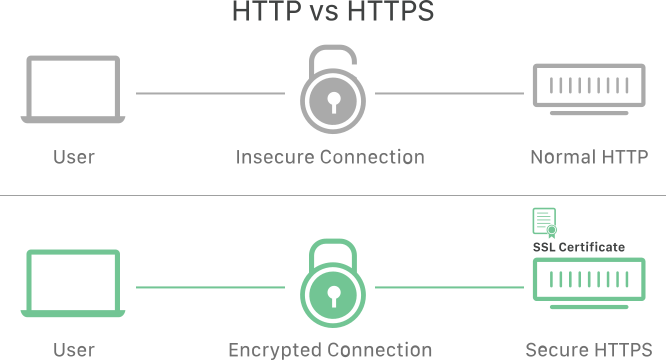What is Web Design? Why is it important for your business?
Web design is one of the most important elements that determine the success of a business in the digital age. The internet offers the fastest way to reach customers and promote products or services. That’s why an effective web design process is so important. Perhaps as a business owner, you’ve thought about creating your own website, or maybe you’re questioning why your current site doesn’t meet your expectations. Web design is not just about visual organization; it is also a strategic process that shapes user experience, SEO performance and brand perception.

What is Web Design?
The planning and implementation process to create the visual aesthetics, functionality and user experience of a website is called web design. This process encompasses many disciplines such as graphic design, user interface (UI) design, user experience (UX) design, coding and SEO optimization. A website is like a digital showcase for your business; it shapes visitors’ first impressions and makes them want to spend more time on your site.
Web design is not just about creating a good-looking site. It also includes technical elements such as making the site fast loading, compatible with mobile devices and easy to find in search engines. For example, if a user can easily find what they are looking for when they land on your site, this is the result of good web design.
The Importance of Web Design for Businesses
Corporate web design is an indispensable element for a business to exist in the digital world. Here are the main benefits it offers:
1. First Impression and Brand Perception
When a user enters your website, they make a judgment within the first few seconds. If it looks cluttered, slow, or outdated, it will undermine users’ trust. A professional layout shows that your business is trustworthy, modern, and customer-oriented. For example, a clean interface, consistent color palettes, and easy navigation present a professional image.
Moreover, your site is the digital reflection of your brand. Elements such as the logo, colors, and fonts reinforce brand identity and help leave a lasting impression.
2. User Experience (UX) and User Satisfaction
User experience plays a critical role in the success of any online platform. A visitor-friendly interface allows users to easily navigate, quickly find what they need, and have a positive overall interaction. For instance, clear product filtering on an e-commerce site or an easy-to-find contact form on a service platform boosts satisfaction.
A good UX keeps visitors engaged longer and increases conversions (e.g., purchases or form submissions). Positive experiences also enhance brand loyalty.
3. SEO Performance and Search Engine Rankings
Search engine optimization (SEO) ensures high visibility in search results. But SEO isn’t just about keywords; visual structure and usability also matter. For example:
Fast Loading Time: Google favors faster pages. Optimized visuals and clean coding improve performance.
Mobile Compatibility: With rising mobile traffic, a responsive layout is essential. Google ranks mobile-friendly pages higher.
Easy Crawling: If search engine bots can efficiently index your content, your visibility improves. This is supported by well-organized site architecture.
An SEO-friendly setup helps you attract organic traffic and reach more potential customers.
4. Competitive Advantage
Many of your competitors may already have modern websites. If yours is outdated or hard to use, users might look elsewhere. A fresh, functional site keeps you a step ahead. For example, if you run a restaurant, offering online reservations gives customers an added convenience and increases your appeal.
5. Increasing Conversion Rates
A well-structured digital presence optimizes elements that encourage action. Even small things—like the color or placement of a “Buy Now” button—can influence results. Thoughtful design helps users seamlessly complete desired actions, whether it’s buying, signing up, or reaching out.
What Should Be Considered in Web Design?
Some basic elements should be considered for effective:
1. Mobile Compatibility (Responsive Design)
Today, the majority of internet users access websites via mobile devices. Therefore, your website needs to look and work perfectly on any device (phone, tablet, desktop). Responsive design improves user experience and boosts SEO performance.

2. Speed Optimization in Web Design
Users expect a website to load in less than 3 seconds. Compressing images, using caching and removing unnecessary code will increase the speed of your site. A fast site positively affects both user satisfaction and search engine rankings.
3. Visual and Content Balance in Web Design
An aesthetically appealing design attracts users. However, there should be a balance between visuals and content. Too many images can slow down your site. Inadequate content leads to users not finding what they are looking for.
4. Easy Navigation in Page Layout
Users want to find the information they are looking for quickly. Features such as clear menus, easy navigation between pages and a search bar improve navigation.
5. Security
The security of your website is important for both users and search engines. An SSL certificate, secure payment systems and regular updates increase the reliability of your site.

The Future of Web Design
Design trends are constantly changing. By 2025, innovations such as minimalist designs, AI-powered personalization and voice search optimization are at the forefront. For your business to remain competitive, you need to regularly update your website and adapt to new technologies.
For example, artificial intelligence can analyze user behavior and deliver personalized content. This allows users to spend more time on your site. Also, with voice searches on the rise, it is important to make your website compatible with voice search queries.
Conclusion
In short, web design is a critical element for your business to succeed in the digital world. A professional website strengthens your brand perception, improves user experience, boosts your SEO performance and increases your conversion rates. If you haven’t created a website for your business yet, or if your current site doesn’t meet your expectations, it’s time to invest in professional web design services!
Remember, your website is not just a digital asset; it is a way to connect with your customers, build trust and grow your business. Take your business one step further with web design!



Pingback: What Does a Software Engineer Do? Career Guide - Codinic